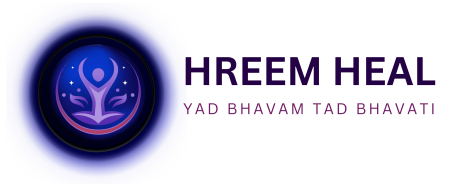SOGUMI
Biofilms can be found in both the human GI tract/gut and the rhizosphere. The gut and soil rhizosphere are nutrient-rich environments and follow circadian cycles, such as the fixation of nitrogen in rice roots, which is higher during daytime than in the dark, as well as the hormone melatonin in the human GI tract, which controls the biological clock.
The Gut & Rhizosphere Microbiome:
Superorganisms Essential for Host Health
The gut as well as the rhizosphere microbiome can be considered as “superorganisms” contained in/around the host, which are of paramount importance for the health and performance of the host, because (i) the gut microbiota are important for producing essential amino acids and vitamins such as B12 and K, and (ii) the root microbiota for producing hormones that are promoting plant health by improved nutrient acquisition, resistance to abiotic (i.e., drought) and biotic (i.e., pathogens) stress, and by sustaining growth.
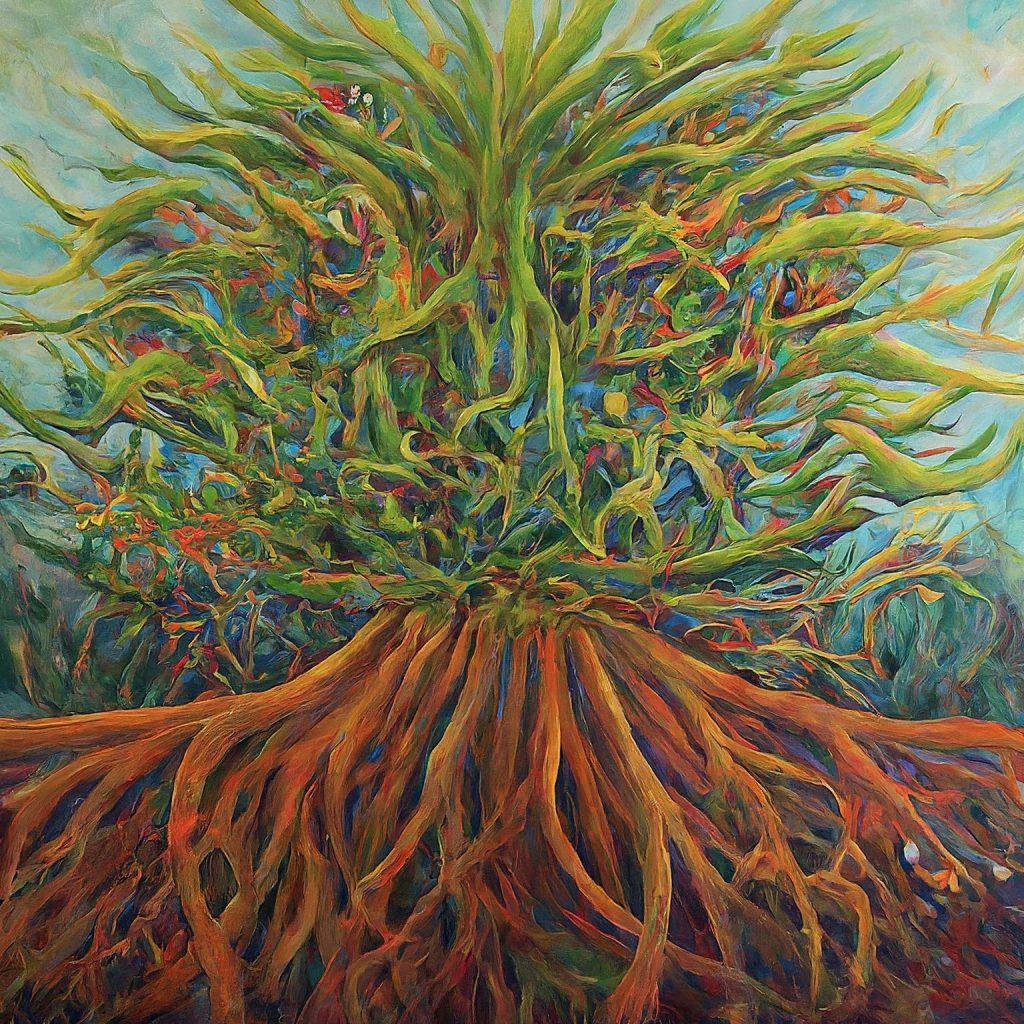
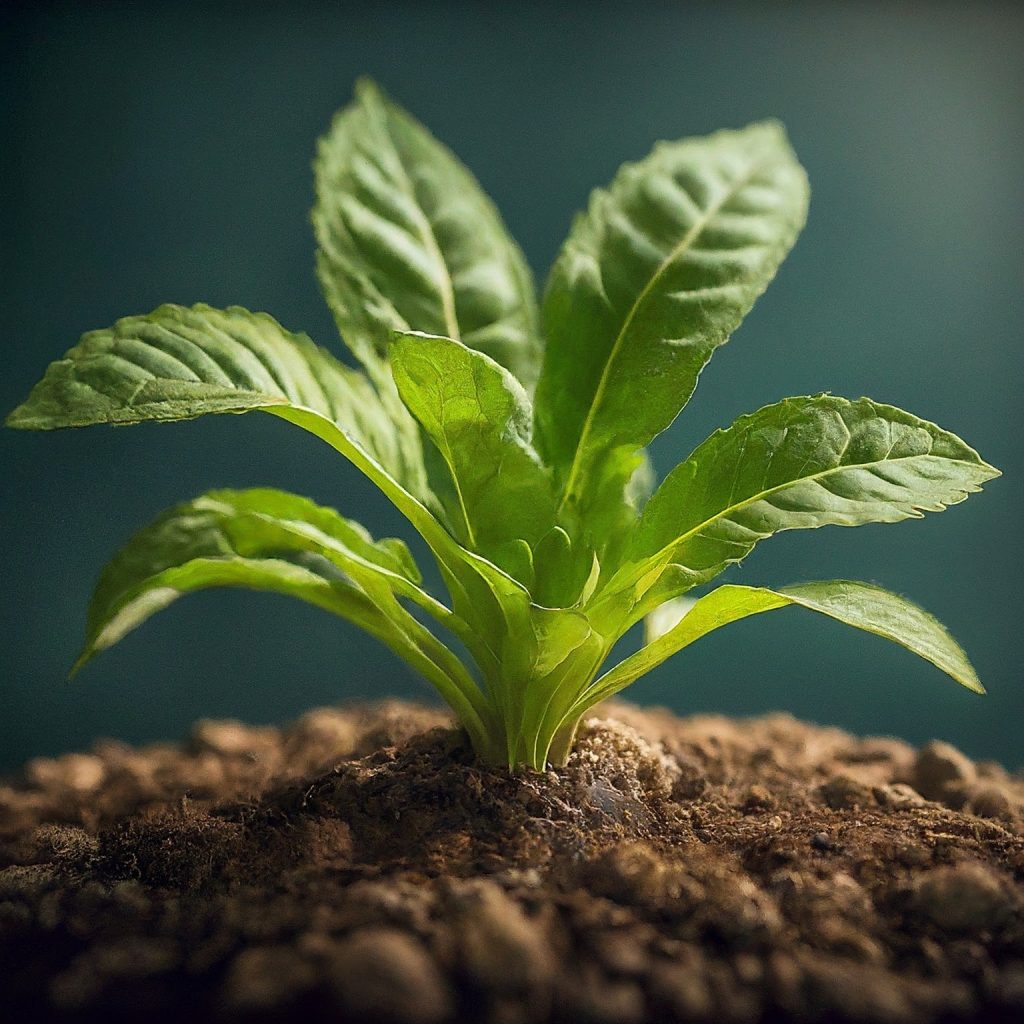
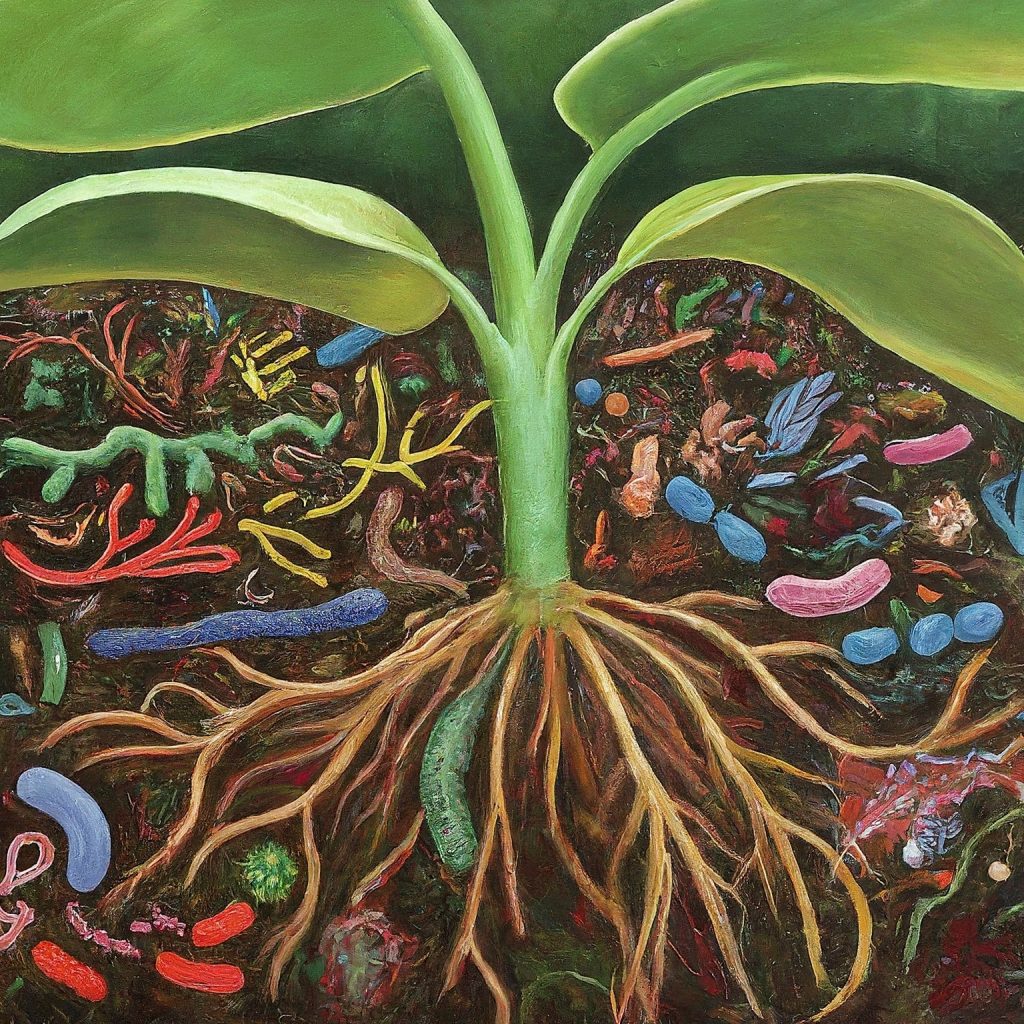
The deficiency of some micronutrients in humans, derived from nutrient-depleted soils, can have substantial effects as cofactors in metabolism, modulating enzyme activities, or functioning as coenzymes. Any reduction of aboveground and belowground soil biodiversity threatens soil ecosystem functions. These losses in soil biodiversity are due to direct anthropogenic activities. Indirect anthropogenic effects due to climate change will increasingly impact soil functioning through stressing soil organisms and affecting biodiversity, as indicated by soil warming experiments.
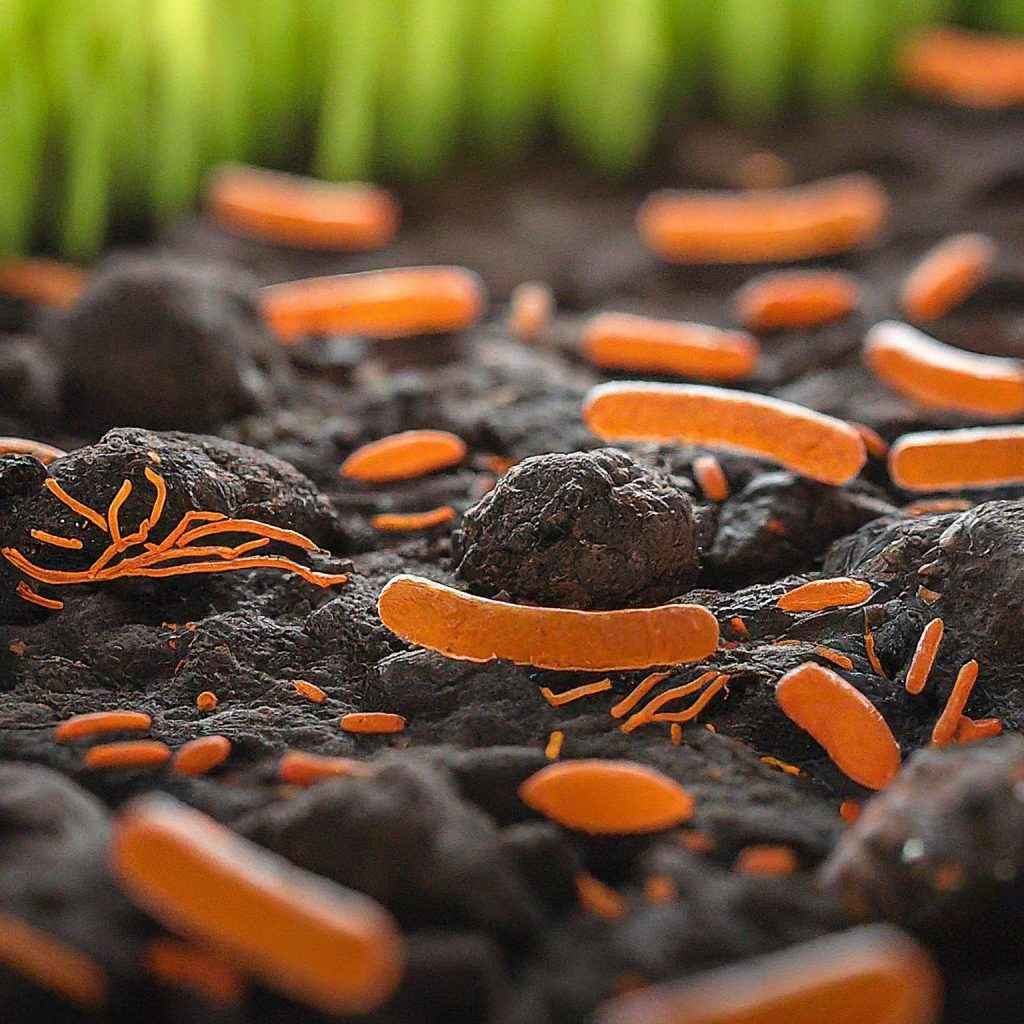
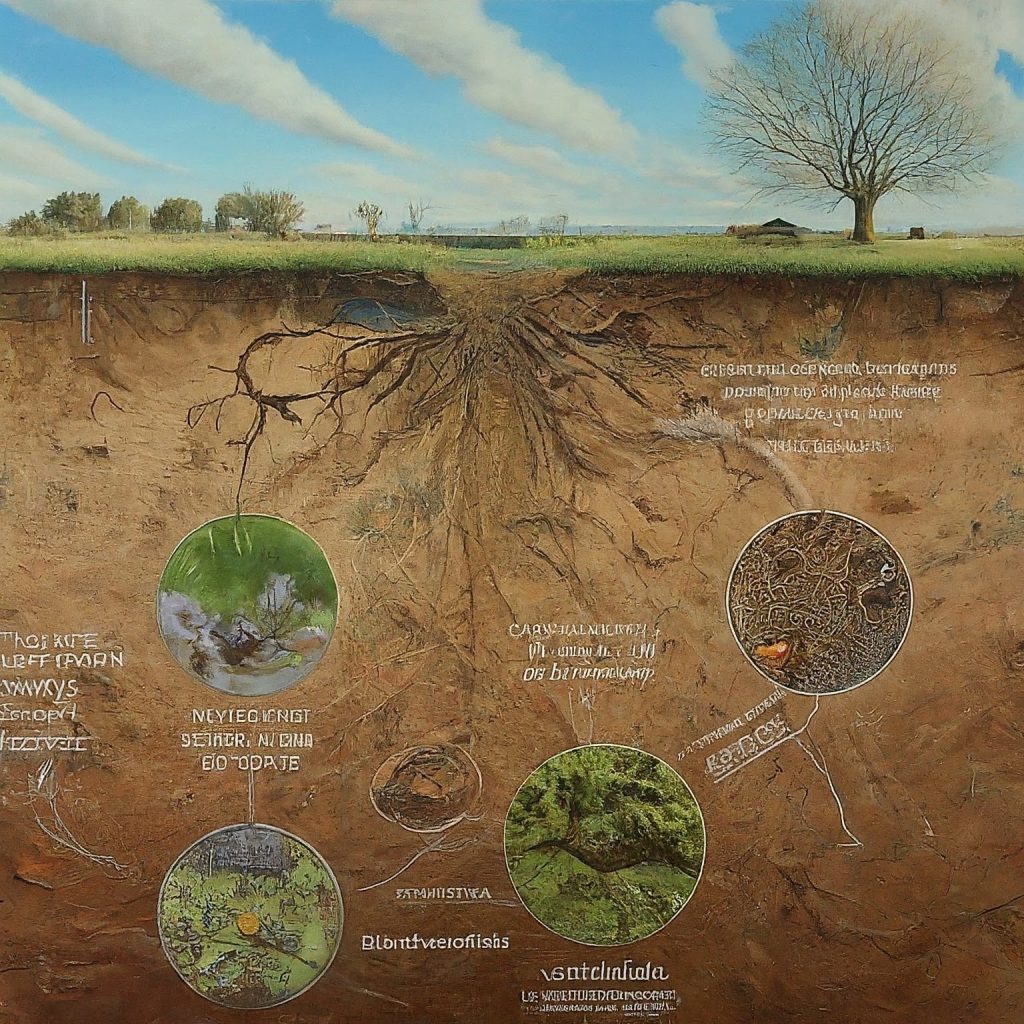
Worldwide urbanization as well as the mechanization of agriculture have dramatically increased during the last century. In combination with the use of agrochemicals such as mineral fertilizers and pesticides, soil biodiversity is reduced. In human medication too, a strong transformation occurred during this time by the use of antibiotics and hormones. The substantial effect of medication on the gut microbiome of the Western population was recently proven.

From the above-mentioned structural and functional similarities between the soil rhizosphere and the human gut microbiome, we conclude that both can be considered as functional ecosystems, which interact with each other. This interaction has been decreasing in recent times, potentially reinforcing losses of biodiversity, which have occurred in both systems.
